For Your Grammy® Consideration
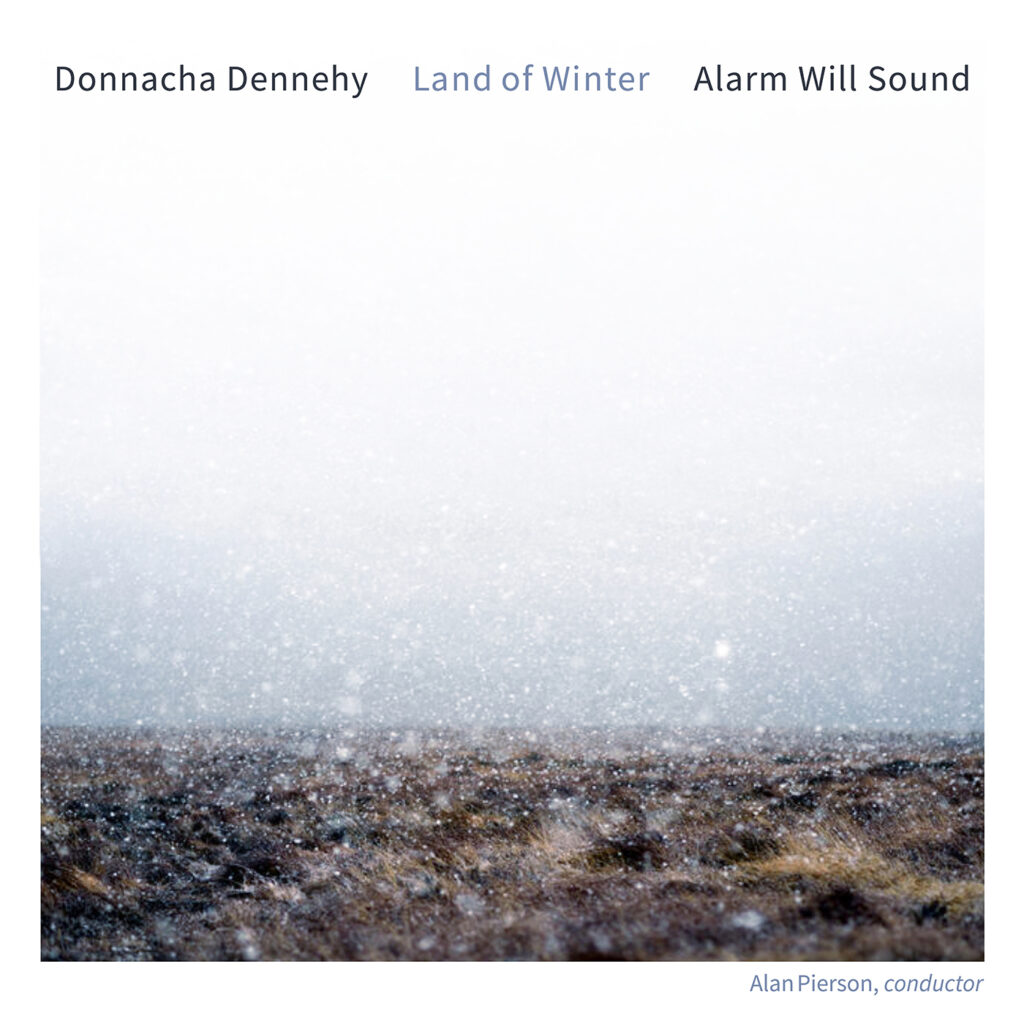
Donnacha Dennehy’s Land of Winter is a masterful exploration of the cyclical interplay between time, light, and nature. Recorded by Alarm Will Sound and released on Nonesuch Records, this modern tone poem immerses listeners in the shifting atmospheres of the Irish landscape. From the crystalline light of winter to the layered warmth of summer, the piece captures the arc of light through the year in Ireland across twelve interconnected movements, each reflecting a month of the year.
- The New York Times: “Dennehy’s shrewd, sensitive ear for timbre is a large part of what makes Land of Winter such enveloping listening. Just as important, though, is the ingenious way that his overtone-rich harmony and use of refrains conveys both cyclicality and change.”
- ★★★★★ BBC Music Magazine, Orchestral Choice: “A shimmering, shivering landscape brought to life… Alarm Will Sound are excellent under conductor Alan Pierson.”
- The Wire: “An engrossing composition… [Ireland’s] characteristic gradations of light and qualities of climate are translated into music for chamber orchestra that is vividly present, yet subtly variegated in texture and coloration.”
- Gramophone: “a top-notch performance from the ever-reliable Alarm Will Sound directed by Alan Pierson (to whom the work is dedicated), Land of Winter offers further proof, if it were required, that Dennehy is Ireland’s most significant composer to have emerged since Gerald Barry.”
- Cultural Attaché: “A contemporary tone poem… that makes me want to book my trip to Ireland regardless of what month I go.”
 Best Chamber Music/Small Ensemble Performance
Best Chamber Music/Small Ensemble Performance
 Best Contemporary Classical Composition (Land of Winter by Donnacha Dennehy)
Best Contemporary Classical Composition (Land of Winter by Donnacha Dennehy)
 Producer of the Year, Classical (Land of Winter, Adam Abeshouse)
Producer of the Year, Classical (Land of Winter, Adam Abeshouse)
A Celebration of Light and Time
Dennehy drew inspiration for Land of Winter from Ireland’s unique relationship with light and its deep ties to the rhythms of nature. The title originates from the Roman name for Ireland, Hibernia, meaning “land of winter.” The Romans imagined Ireland as a place perpetually bound to winter’s grip—a perception of unrelenting cold and darkness. However, Dennehy takes a more nuanced approach, viewing winter as a canvas that reveals the intricate interplay of light and shadow.
As Dennehy explains, “It is the varying quality of light that truly demarcates the seasons,” and this concept serves as a major foundation for the piece. The gradual transitions between seasons—lengthening days, shifting hues, and fleeting moments of brightness—guide the listener through an auditory and emotional journey.
This celebration of light is also infused with urgency. Dennehy acknowledges his growing concern about climate change and its impact on our natural rhythms. “It feels increasingly important to celebrate winter in this era where our climate is under threat from an expanding and unpredictable heat,” he reflects. Land of Winter not only captures the beauty of the seasons but also serves as a reminder of their fragility in the face of environmental changes.
Through this lens, Land of Winter becomes a poignant reflection on the human and ecological implications of time—a reminder of what we stand to lose without conscious stewardship of our planet.
Movement by Movement: The Essence of Each Month
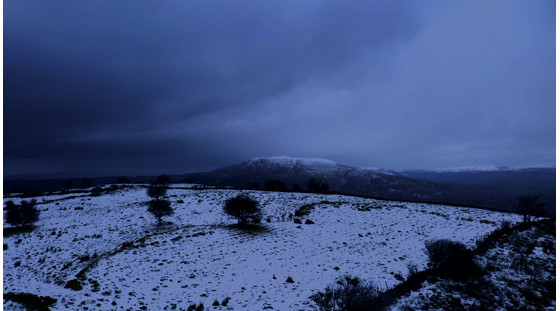
(Notes by the composer)
December
The piece starts in December, and culminates at the end of November, ready to begin all over again in winter, as it were. The solstices and equinoxes are translated musically using overtone distributions throughout the ensemble, where each instrument peaks and subsides differently, creating sweeps of color and shade across the aural space. December starts with such an approach, concentrating on the higher harmonics especially. It feels cold, crystalline and translucent with darkness enveloping it.
January
January is the first of the three “refrain” movements which act as markers for where we are in the year. Here the height of winter is evoked by a kind of isolated, icy sound, with the middle range of the instrumentation hollowed out. Some of the lower instruments consist entirely of patterns of dancing brittle upper harmonics, while others such as the contrabassoon create a deep bass, and very few occupy the middle ground. The lonely oscillating melody, played by a muted solo violin, draws on abstracted ornamentations from the Irish sean-nós vocal tradition.
February
February presents the most pared back manifestation of a rhythmic approach that I use often in the piece where pairs – or threes – of rhythms stretch and contract against each other, usually dancing around an elusive symmetry. In February, all ornamentation is stripped away to present these rhythms in a viscerally stark way, like a copse of trees, bare of their leaves.
March
The swirls of March coalesce eventually into an overtone-hued luminous space, the first musical equinox of the work. The strings have a ferociously difficult part in this movement, and Alarm Will Sound carry it off with aplomb. Occasionally the swirls twist off into ferocious detuning patterns that spark off each other.
April
This second refrain movement is warmer than the first, with much more activity in the middle tessitura, but it is also more volatile. An advent chorale by Bach that I have long loved, Wie soll ich dich empfangen, which incidentally has been used too by Bach to represent Easter albeit with different words, has lurked behind the surface occasionally so far, influencing the larger harmonic motions. By the time we reach April, its influence is more pervasive, and I use it to generate upper partials that remain on the musical surface after the chorale itself is erased, just like the glowing embers that might remain after a fire has burned out. The idea of process plays out a lot in this piece, and here it undergirds the fluctuating surface of this month.
May
The entire work abounds with all sorts of rhythmic contractions and expansions, sometimes working in conjunction with the opening-up or closing-in of the overtone flowerings of the harmony, sometimes not. In May, I have a lot of fun with expanding phrases of notes and rhythms, mirroring the way growth explodes exponentially in this quintessential month of spring! When we were rehearsing this movement in advance of its premiere at Beethovenfest in Bonn in September 2022, Alarm Will Sound started scatting one of the passages in order to get the rhythm right. I so loved the raw power of the shouting voices in rehearsal that I incorporated it immediately into the piece. Something about the earthy excitement just seemed so apt that I abandoned the notes I had spent a long time laboring over in favor of the unleashed quality of the vocalization!
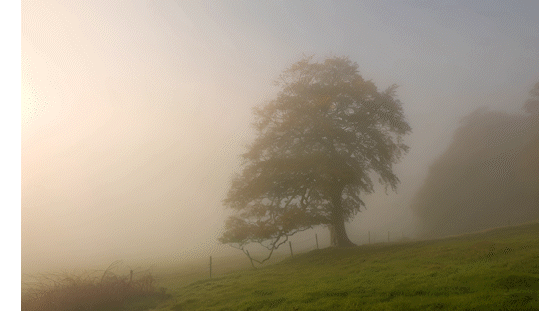
June
June is a month I love. I revel in its growing warmth and its promise of a slower sense of time. In this movement, a set of notes influenced by a stretched version of the phrase “Táim sínte” (I’m stretched) in the Irish sean-nós (“old-style”) song of the same name evolve gradually into a spectrum of overtones resting on the dividing summer solstice of the work. I really wanted to create a sense of warmth by superimposing harmonies and patterns of different lengths and spans on top of each other in this movement.
July
Bouncy and bittersweet, July came easy. Where in New Jersey or New York, July can be oppressively hot; in Ireland, this month is a delight, full of activity from the radically expanded daylight. Maybe a slight regret creeps in at its denouement, as one already feels by the end of the month that the evenings are only going to contract from here. We may feel this contraction seasonally and also, after experiencing many seasons, as a turning point in our life!
August
The melodic material from July turns microtonal at the start of August so that it fits entirely within a prevailing overtone series that pervades the movement. Gradually these overtones stretch out and bands of them are layered on top of each other at different speeds, like clouds heavy with moisture hovering over each other.
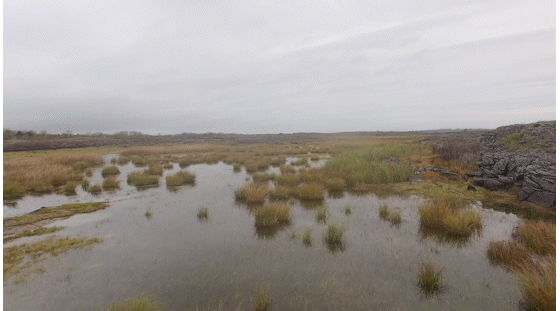
September
September hits with a surge of monolithic pulses, creating a very present vibrating sense of existing inside a throbbing spectrum of light or sound. When one hears it live, it feels like the very hall is resonating to its pulse. It has a kind of urgency, further highlighted when the pulses begin to glissando internally. It eventually subsides into a musical analogue of the autumn equinox by its conclusion.
October
The third of the refrain movements – October – returns to the more hollowed-out world of January, in anticipation of returning winter, but now shifts much more harmonically, auguring in the expanding chorale of November with which it merges.
November
In the final movement, November, the chorale Wie soll ich dich empfangen is finally revealed in its fundamental harmonies. But it emerges gradually in looping frames that create a new evolving modal harmony out of its re-constituted chronology. It moves slowly enough, and with sufficient changes of order, that you might be hard-pressed to hear the traces of the original here. Yet the chorale underpins a kind of transforming resonance, embracing winter as a necessary slowing down within the year. It shifts to overtone tuning again at the very end, at the cusp of December potentially returning.
Beyond the Notes: A Deeper Reflection
Dennehy’s work resonates deeply with listeners on both an intellectual and emotional level. He explains, “Ultimately, I think of Land of Winter as being both a celebration of recurring time—yielding more and more on each listening—but also something written in fear of the power of linear time, the progress towards death.”
The inspiration for the piece is underscored by a haunting phrase from Samuel Beckett: “Thirty-thousand nights. Hard to believe so few.” This existential musing threads through the music, reminding us of the fragile interplay between life’s fleeting moments and the recurring cycles of nature.
A Tribute to Adam Abeshouse
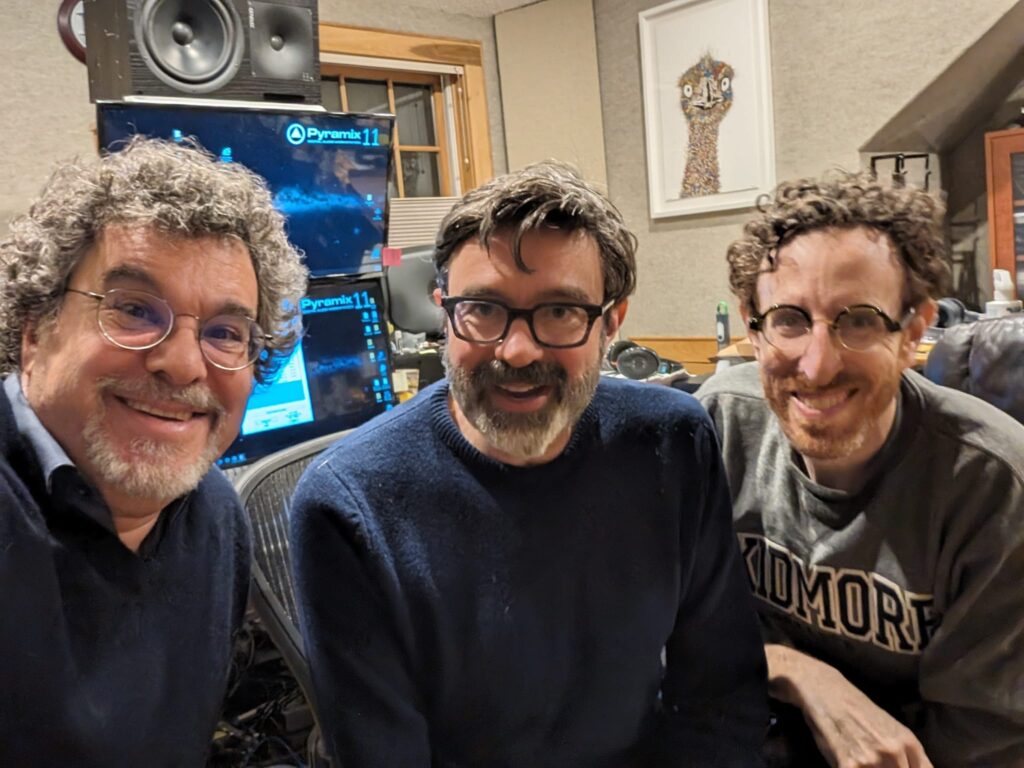
Land of Winter holds special significance as one of the final projects of renowned recording engineer Adam Abeshouse, who passed away in October 2024. Known for his impeccable attention to detail and ability to capture the emotional essence of a performance, Abeshouse’s work on this album elevates Dennehy’s intricate textures and Alarm Will Sound’s nuanced performance to new heights.
Adam Abeshouse was a towering figure in the classical recording world, having collaborated with some of the most esteemed ensembles and soloists. In his obituary, The New York Times reflected on his legacy: “He captured music with an intimacy and immediacy that made listeners feel as if they were in the room with the performers.” Land of Winter is a testament to his artistry, preserving his legacy as a master of his craft.
Alarm Will Sound and Donnacha Dennehy are honored to have worked with Abeshouse on this recording. His contributions to Land of Winter ensure that the album not only stands as a musical triumph but also as a tribute to a life dedicated to excellence in sound.

